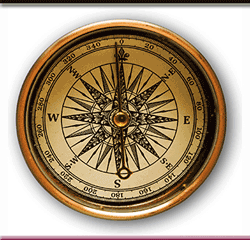Rainbow Colorings of the Hypercube
Presentation Type
Oral Presentation
Abstract/Artist Statement
A graph is a general mathematical structure that displays connections between different objects. The vertices of the graph represent the objects and an edge between two vertices represents a connection between them. Graphs are used to represent a wide variety of structures; anything from the facebook network, a molecule or even map designs. Graph theory has been applied to a diverse collection of problems in mathematics, physics, biology and more. In this talk we discuss the basics of Ramsey Theory for graphs and use graph theory to answer the question: How many people must you invite to a party so that there is a group of three that all know each other or there is a group of three that all don’t? Then we will discuss generalizations of this ramsey problem and an anti-ramsey problem on the hypercube.
Rainbow Colorings of the Hypercube
UC Ballroom, Pod #3
A graph is a general mathematical structure that displays connections between different objects. The vertices of the graph represent the objects and an edge between two vertices represents a connection between them. Graphs are used to represent a wide variety of structures; anything from the facebook network, a molecule or even map designs. Graph theory has been applied to a diverse collection of problems in mathematics, physics, biology and more. In this talk we discuss the basics of Ramsey Theory for graphs and use graph theory to answer the question: How many people must you invite to a party so that there is a group of three that all know each other or there is a group of three that all don’t? Then we will discuss generalizations of this ramsey problem and an anti-ramsey problem on the hypercube.
